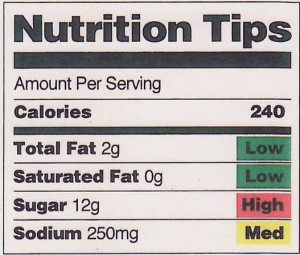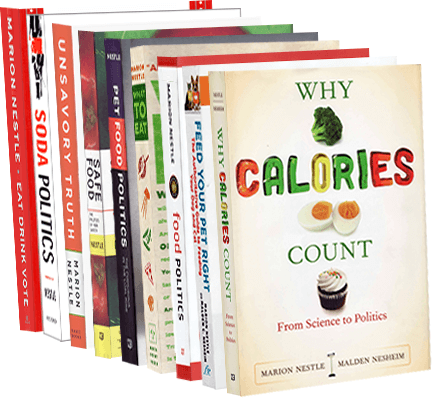Food agencies at work (or not): FTC
The Federal Trade Commission is the third agency dealing with food policies, this time advertising. As I’m fond of saying, the FTC is not exactly a consumer protection agency. Its main purpose is to make sure that businesses stay competitive. In 1978, under the leadership of Michael Pertschuk, the FTC made a valiant attempt to regulate food marketing to children. That disaster, which I have discussed in previous posts, kept the FTC from doing anything about marketing to kids – until recently.
On December 15, it is holding a forum on food marketing to children in Washington, DC. Here’s the agenda and information about registration. They will also do a webcast linked to that site.
Guess what? A forum like this isn’t necessary, says the industry-sponsored Children’s Food and Beverage Initiative. We are doing just fine, it says, and we don’t need regulation.
But that’s not all the FTC is doing. It had so much fun trying to get information from food companies about their marketing-to-kids practices that it is trying the same thing with quick service and fast food restaurants. The FTC says it is seeking “Information from those companies concerning, among other things, their marketing activities and expenditures targeted to children and adolescents and nutritional information about the companies’ food and beverage products marketed to children and adolescents.” This sounds easy, if a bit confusing, but my guess is that the FTC will have to pull teeth to get it.
In the meantime, a few comments have already been filed in response to the notice. The ones from industry are predictable: too expensive! Too difficult! My guess is that they have this information readily available but are embarrassed to reveal it. Why? It undoubtedly will show that the companies spend the most money on the junkiest (and most profitable) products.
Michael Pertschuk, by the way, is still going strong. In June, he wrote an article on the FTC for The Nation. His article has much to say about the way the FTC is operating these days and is well worth a look. As he explains, the FTC was
created in 1914 during the Progressive Era, [and] was endowed with a potent authority for promoting competition and consumer protection that it has never fully used. This includes investigative authority over virtually all businesses, backed by subpoena power and the capacity to demand reports of data that corporations would rather withhold from public view…For the first time in decades, the Senate and House authorizing and oversight committees and the judiciary committees are pressing the agency to act more aggressively on the consumer-protection and competition fronts and are prepared, as needed, to strengthen its enforcement powers….But Congress needs to take action to unleash the FTC’s full potential. First, it remains a small agency with broad and complex responsibilities and cumbersome procedural burdens, especially in rule-making. Here, the FTC’s champions in Congress can make certain that Congress supplies more resources and streamlines the FTC’s authority. The agency also has a chronic problem of setting priorities: wherever it turns, there are corporate malefactors, large and small, deserving of prosecution.
But read the whole thing and see whether you think his optimism is justified. Better yet, go to the workshop on the 15th!



